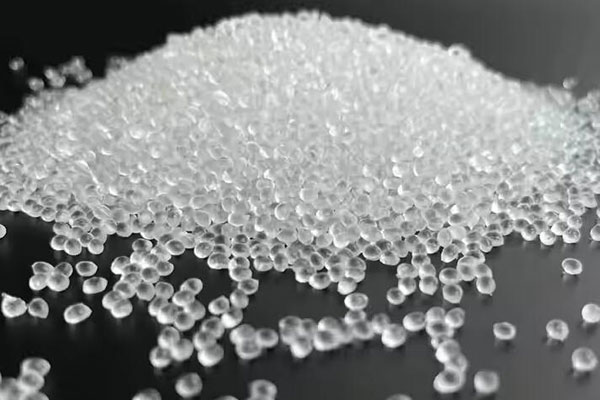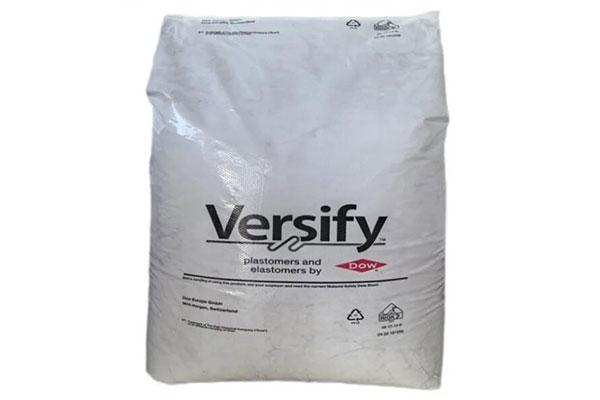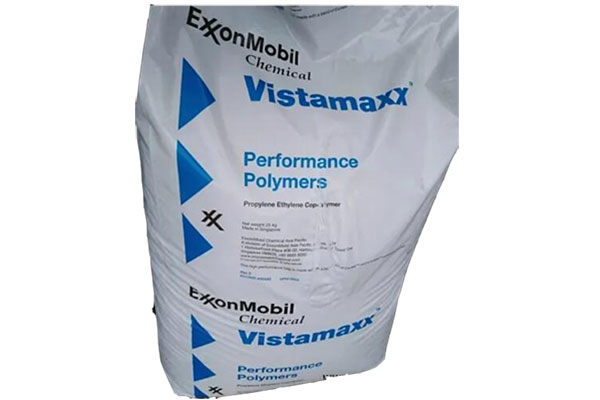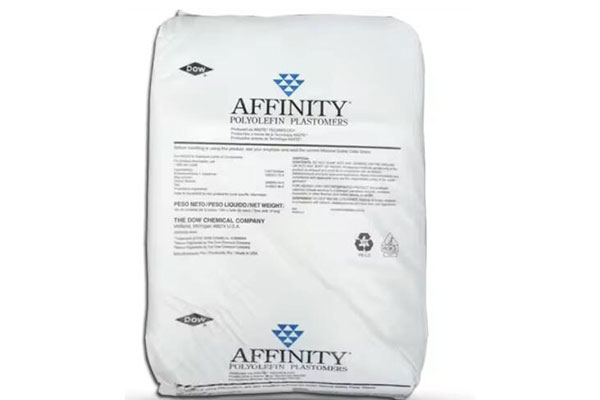Home » Polyolefin Plastomer

What Is Polyolefin plastomer
- HS Code: 39019090
Polyolefin plastomers (POP) are copolymers obtained by polymerizing ethylene or propylene as the main unit and adding olefins (mainly olefins with 4 to 8 carbon atoms, such as 1-butene, 1-hexene, and 1-octene) as comonomers. The comonomer content is usually below 20%, which gives POP resin unique physical and chemical properties, such as high density and excellent processing performance. Polyolefin plastomers fill the gap between elastomers and plastics. Because it has both rubber-like properties and excellent plastic processing performance.
What Are Grades of POP Polyolefin Plastomers We Supply



| POP Manufacturers | Brand Names | Main Grades |
| DOW POP | Affinity™ | 1900, 1950, 1875, 1146G, 1280G, 1840G, 1845G, 1850G, 1880G, 1881G, 8100G, 8110G, 8200G, 8770G, 8852G |
| DOW POP | Versify™ | 2000, 2200, 2300, 3300, 3401, 4200 |
| ExxonMobil POP | Vistamaxx™ | 6102, 6202, 6502, 3000, 3020, 8380, 8780, 8880 |
| Idemitsu POP | L-MODU™ | T500, T700, S400, S901 |
Would Like The Quotation
Leave more about your requirements, such as, brands, models, quantity, package, country, etc.
What Are Main Applications of POP Polyolefin Plastomer
Food packaging materials. In food packaging, POP can be used to produce packaging materials for fresh food, fresh meat and processed meat, dairy products, etc. Most POP resins have been approved by the US Food and Drug Administration (FDA) and can be used directly for food packaging.
Medical and sanitation. It can be used as a medical packaging material, and can also be used as a heat-sealing layer for elastic film materials such as diapers and personal care products. POP can also be used to make flat extruded flower films, sealing layers, cast films, and blown films for medical and sanitary products and heavy packaging films.
Home and personal care. In the field of household and personal care, it can be used for some liquid packaging, such as laundry detergent.
Hot melt adhesive. Provide excellent bonding strength for carton sealing and sanitary products over a wide temperature range.
Film. The heat sealing temperature of the film extruded by PP blended with POP is reduced, and the packaging speed is faster, which reduces energy consumption while improving production efficiency. The prepared film has higher hot adhesion and excellent heat sealing strength and film toughness, which enhances the reliability and integrity of the packaging and can extend the shelf life of food. For cold stretch sleeve film applications, POP can reduce the film thickness by 10%, saving more resources than traditional packaging materials.
Others. The toughness and durability of POP make it suitable for durable goods applications, either as a base polymer or blended with other polymers to improve the fluidity during processing or the softness of the finished product. These products include flooring, containers, extruded profiles, injection and rotational molded products.
Would Like The Quotation
Leave more about your requirements, such as, brands, models, quantity, package, country, etc.
Know More About POP Resin
Difference between POP and POE
There is no essential difference between polyolefin plastomers (POP) and polyolefin elastomers (POE), except for the difference in comonomer content. Most POE or POP are based on ethylene and copolymerized with octene (8C), hexene (6C) or butene (4C). Generally, the comonomer content of POE is higher than 20%, and that of POP is less than 20%. Due to the difference in the density of POE and POP caused by the amount of comonomer content, the density of POP is generally higher than that of POE.
POP has a lower comonomer ratio than POE, and its density is relatively increased. Compared with polyolefin plastics, it has certain rubber properties, but still has the strength and processability of plastics. POP is sensitive to shear rate, and its viscosity decreases rapidly at high shear rates, making it easy to process. At the same time, its static shear viscosity is high, its melt strength is good, and its bubble stability is good during the film blowing process.
About the Production of POP Granule
Currently, the world’s POP and POE production technology is represented by Dow’s Insite technology, which combines a metallocene catalyst with a limited geometry configuration and a solution polymerization process. It is produced by direct polymerization of olefins on an EPDM rubber production unit and is also known as reactor-synthesized TPO technology. Dow is one of the main technology patent holders for POP and POE products. In the POP synthesis process, the most critical is the metallocene catalyst. The widely used high-performance catalyst metallocene catalyst can effectively control the insertion of comonomers, thereby preparing polyolefin elastomer products containing ethylene crystal segments. Moreover, the high activity of the metallocene catalyst greatly reduces the amount used during the polymerization reaction, and the post-processing process of the production process is simplified.
POP has extremely strong technical barriers and highly concentrated production capacity. It is currently mainly monopolized by Dow Chemical, Mitsui Chemicals, LG Chemicals, Saudi Basic Industries, ExxonMobil Chemical, and Borealis. In addition to the high-temperature resistant metallocene catalyst with high polymerization performance, the production process technology of high-carbon α-olefins required for the production of POP is also one of the key factors restricting the industrialization of POP.
- Email: sales@chemategroup.com
- Tel: 0086-371-60921621
- Whatsapp: +86 18624832876
- Wechat: +86 18624832876
- ADD: NO.80 PUHUI ROAD,ZHENGZHOU CITY, HENAN PROVINCE, CHINA
